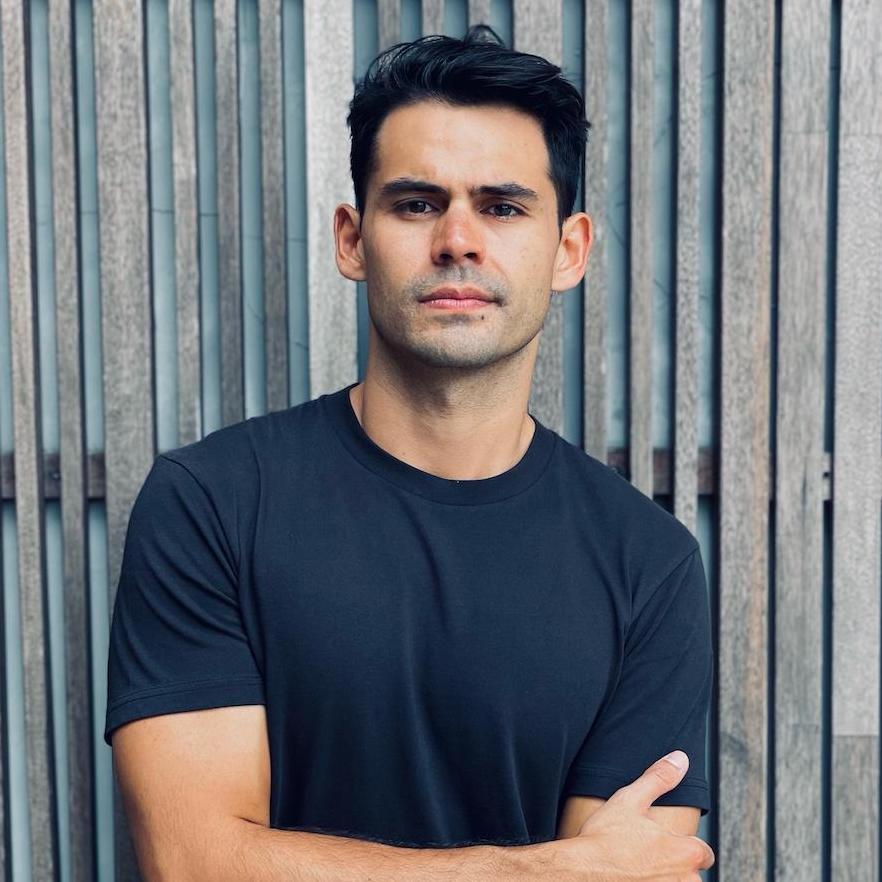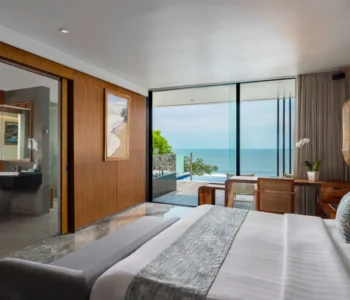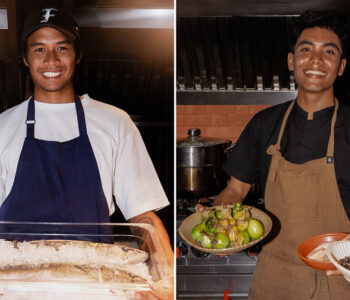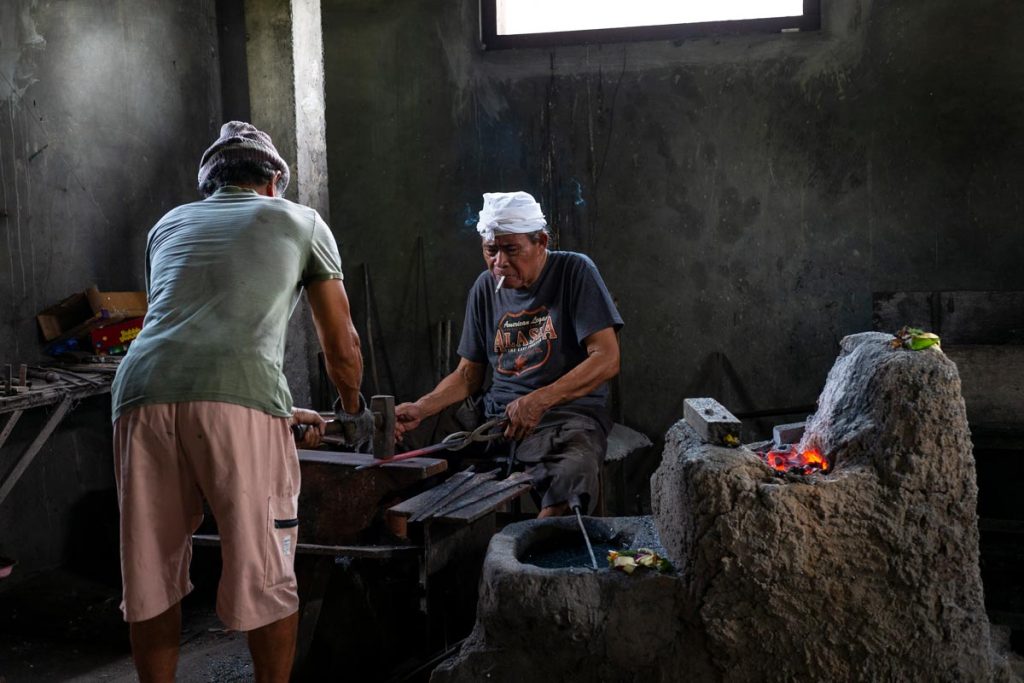
The keris is an ancient weapon, a sacred dagger dating back to at least the age of the Majapahit Kingdom, though some say further. To make a sacred weapon takes more than just skill, it requires an infusion of spirituality that gives each dagger its power: this is the gift of the empu keris.
“We were not always known as craftsmen. We were the makers of supernatural weapons… for kings, for knights, for war, for prayer,” states Jero Mangku Pande Ketut Mudra.
Ketut Mudra is the last traditional keris maker in the Klungkung Regency. He comes from a long line of pande besi, the respected clan of smiths, but he only began forging Bali’s sacred daggers in the year 2000 when he was 50 years old.
As he mentions, the pande were central to the island’s military strength. Their legendary skills with iron and fire put swords and spears into the hands of soldiers. It was for this reason, Mudra explains, that the Dutch colonial powers put an end to their forges. Kusamba village, where Mudra is from, used to be the centre of keris makers for Klungkung. But, after the bloody ‘Kusamba War’ (1849), the Raja of Klungkung submitted to the Dutch who in turn prohibited the pandes from making their weapons.
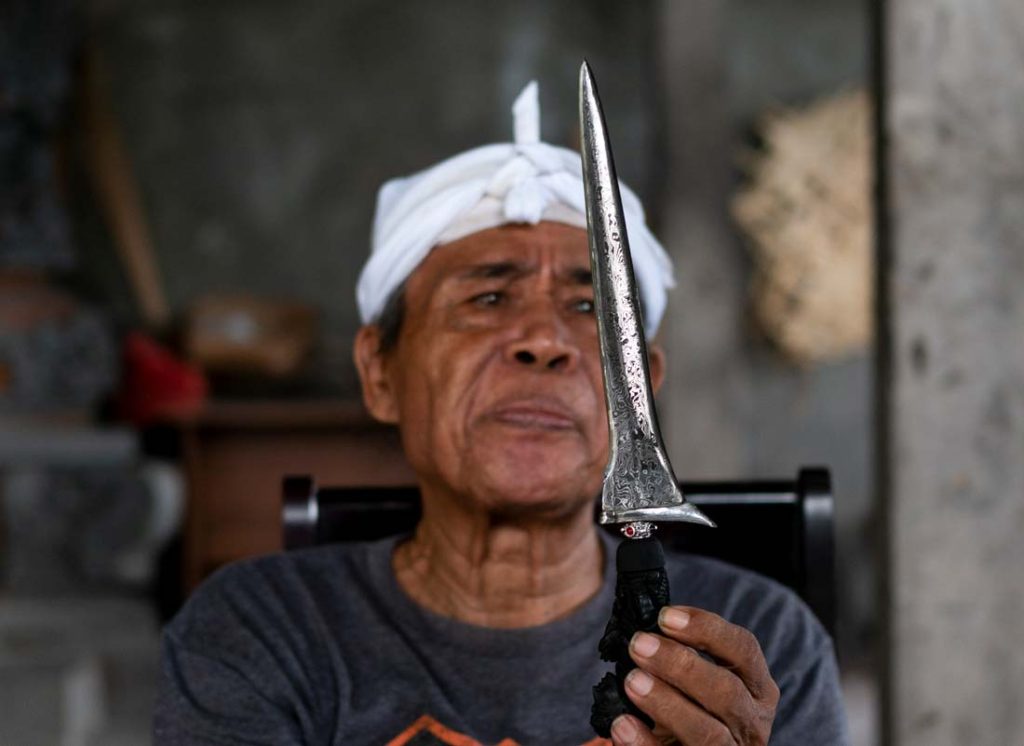
Over 150 years the keris makers of Klungkung faded into a distant memory. Even Mudra’s own family, thick with the blood of the pande, lost the knowledge of their most revered trade. Many became jewellery makers, continuing to use the fires of Brahma to create and earn a living.
Then, in 1987, Mudra’s grandfather was visited by a German mariner, Dietrich Drescher, often credited for the revival of keris forging in Indonesia (keris kamardikan). Dietrich was in search of Kusamba’s keris history, and found all had disappeared. He sent his grandfather to train in central Java with Empu Subandi Suponingrat, returning as Klungkung’s only keris maker. Later, in 2000, Mudra himself was sent, and in a month mastered the creation of the sacred blade. Today he remains the only Empu Keris (master keris maker) in the entire Klungkung Regency.
A Process with Philosophy
The keris is one of the most cherished items in the Balinese household. Not just simply daggers or heirlooms, they are considered important mediums for the gods and ancestral spirits, and are stored in the family’s ancestral shrine or in the home.
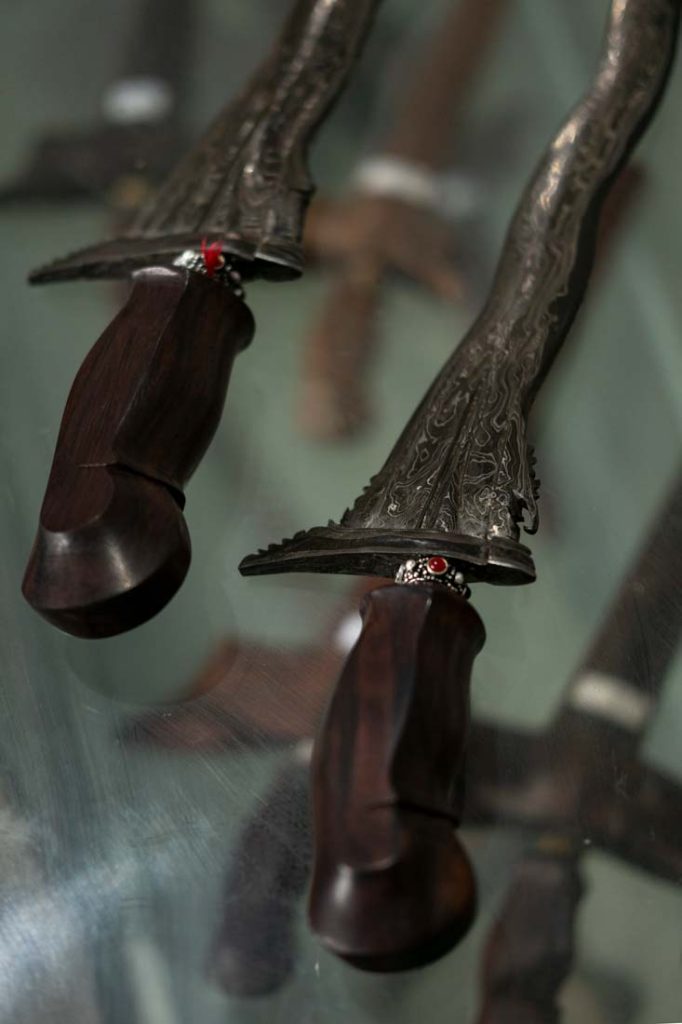
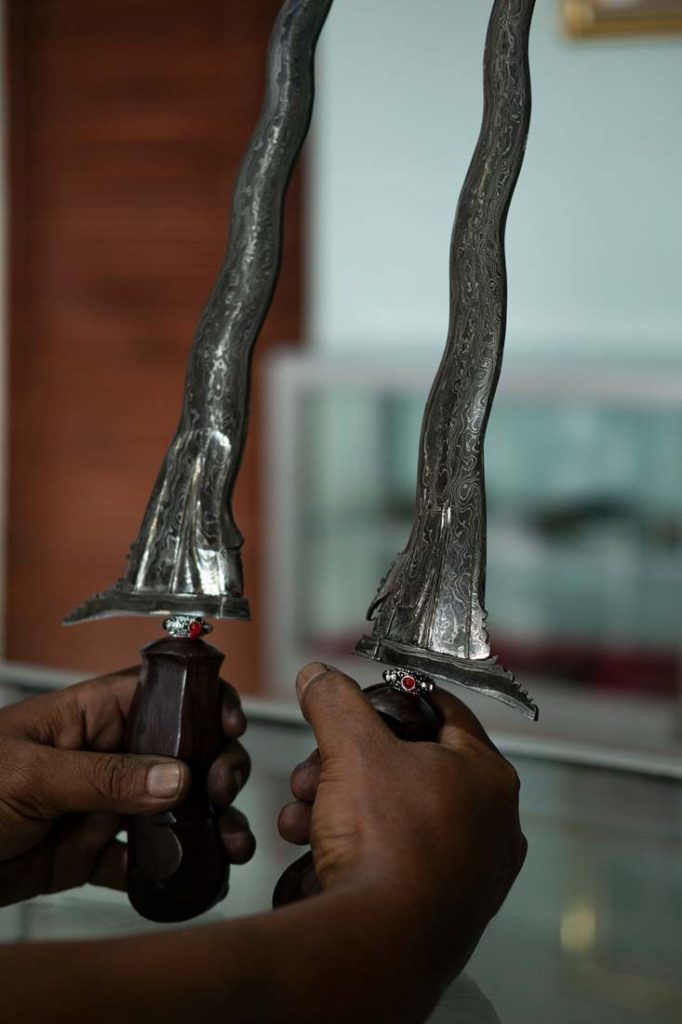
As a sacred object, there are many ceremonies and indeed philosophies that are a part of its creation. The main blade is forged out of three metals: iron, steel and nickel. Sheets of these metals are layered upon each other; when molten, they are folded and hammered into a fine dagger. Metallic patterns known as pamor glow like mixing rivers up the blade’s face.
The pamor is considered the ‘power’ of the keris, the three elements not a coincidence. Humans are said to have tri pramana, the three spirits of being: bayu (life/energy), sabda (voice) and idep (thought). They also symbolise the trimurti gods, Brahma, Wisnu and Siwa; and fire, water and air respectively; and also respectively, Ang, Ung, Mang (the three aksara symbols that create OM, the source of life and power).
The empu keris must find an auspicious day to begin forging. During which he will add sanctity to the keris through a process called napak. Literally meaning to ‘step on’, it refers to deities stepping upon earth, i.e. coming in contact with our world. During this process he will hit the metal in a series of nine strikes, symbolic of the pengider-ider (directions of the wind), doing so with three intervals of Ang-Ung-Mang. Through this he imbues the sacred symbols and powers into the metals and into the keris.
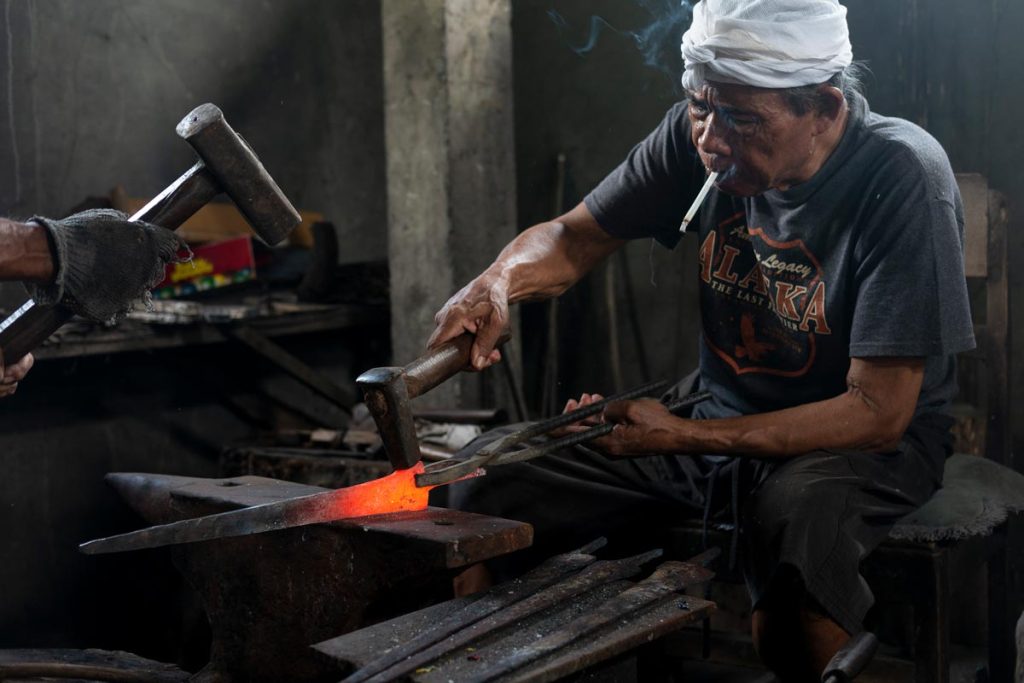
Like all sacred objects, a finished keris will undergo a pasupati ceremony; a ‘sacralisation’, that gives the keris its magic powers, given the ‘light’ of God. They are thus blessed every 210-days on tumpek landep day, dedicated to Sang Hyang Pasupati.
Ketut Mudra clarifies that this is the process of making a keris pajenengan; the ‘good’ keris, made for protection, prayer and connecting to deities. There are other keris, said to grant powers to its owner, that can fly, kill, make their handlers invisible, or be used as a love charm. These keris are made with ‘negative intentions’ through rituals to bhur loka, the lower world. “A positive keris is spiritual, a negative keris is ritual,” summarises the master forger.
One will find straight-bladed keris and wavy-bladed keris. The number of waves, or luk, of the keris are always odd, and are said to refer to castes: three for lower, five for princely, seven for priestly, and so on. But they are decorated in other ways too, with intricately carved hilts and sheaths, as or more visually impressive than the blade itself.
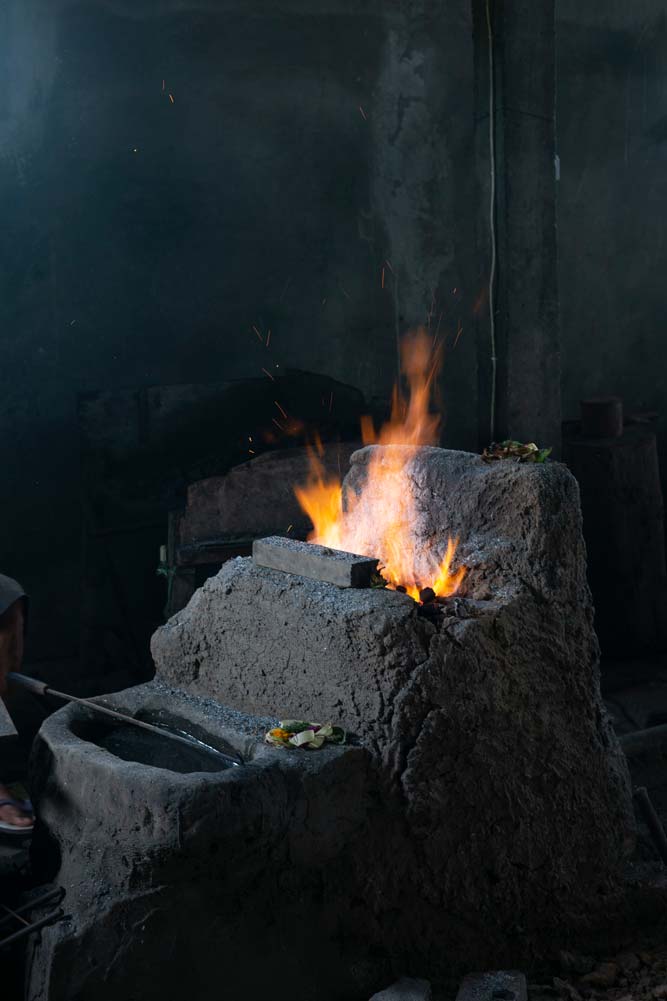
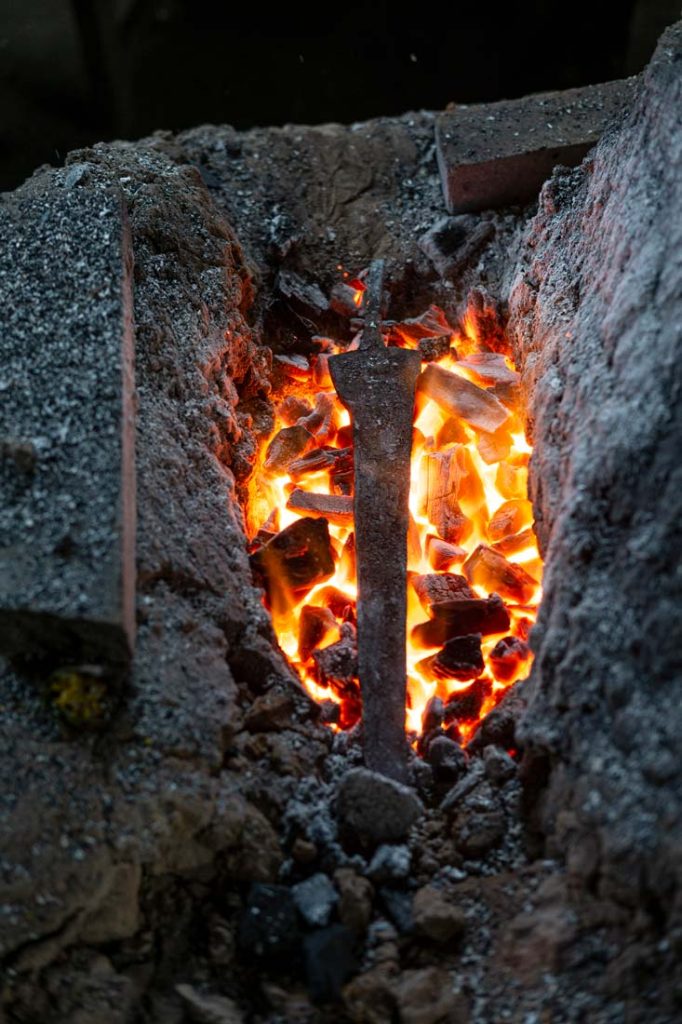
Jero Mangku Pande Ketut Mudra works away at his forge everyday, his son Komang Oka working alongside him, determined to keep the tradition alive another generation. Over his career he has made thousands of keris and there is still a demand for them. They are required in ancestral shrines, dance costumes, worn during life ceremonies and by the pecalang (village watch).
However, Mudra notes that cheap “keris” are found in the market now, though they lack the impressive three-metal pamor, and are unlikely to be made with the napak and pasupati procedures required. He understands that a good keris can be expensive but these knock-off pose a threat to authentic keris makers such as himself.
“If the buyer understands what a keris is supposed to be, they will truly value it. We appreciate those who see our efforts in keeping the tradition alive, that consider us artists and craftsmen.”

